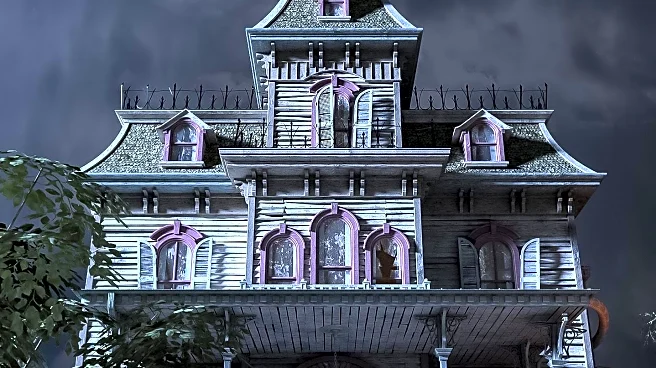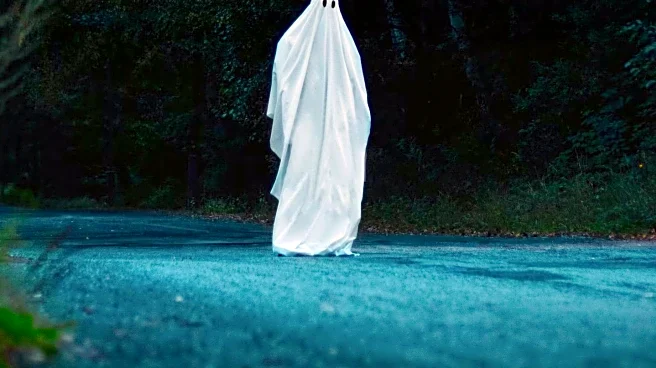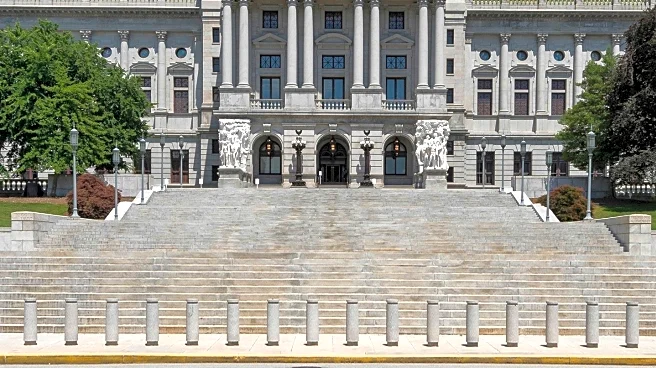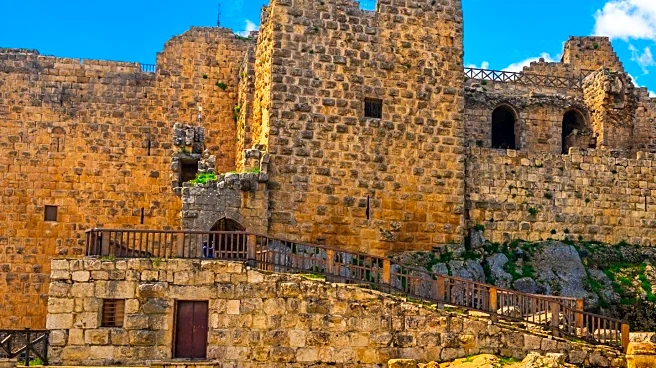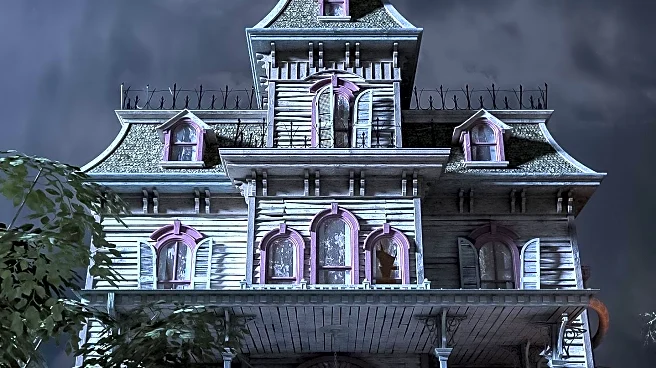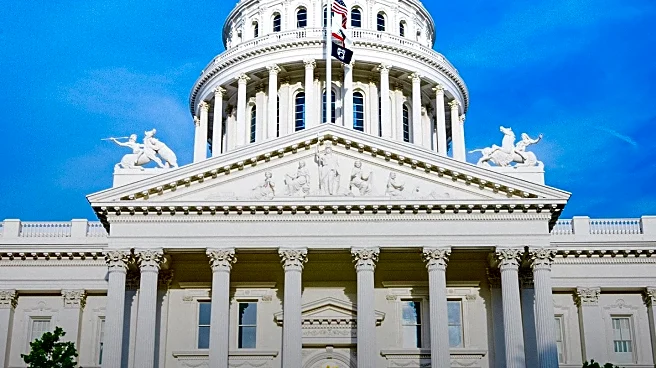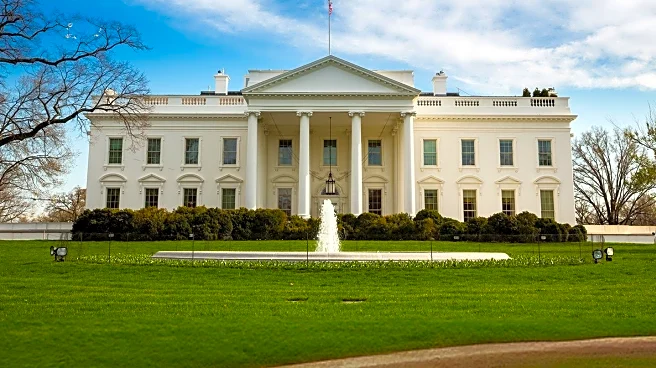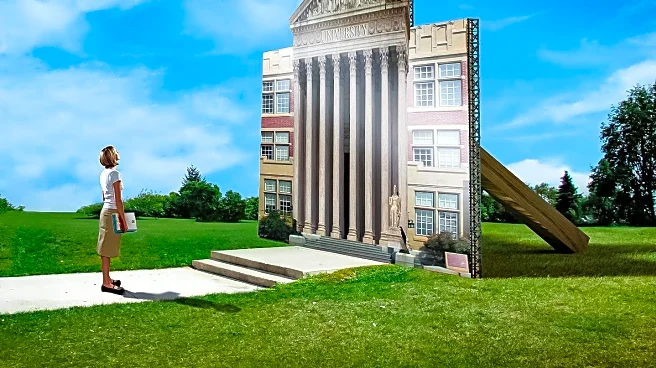What's Happening?
Halloween attractions at historical sites like Eastern State Penitentiary and the Lizzie Borden House are facing ethical questions about how to balance entertainment with the real-life suffering associated
with their histories. Eastern State Penitentiary, once known for its 'Terror Behind the Walls' event, has shifted to a more family-friendly 'Halloween Nights' experience, focusing on fictional scares rather than real historical events. The Lizzie Borden House emphasizes its historical significance rather than serving as a Halloween attraction. These sites are part of the 'dark tourism' trend, where visitors are drawn to locations with tragic histories.
Why It's Important?
The shift in how these historical sites approach Halloween attractions highlights the growing awareness of ethical considerations in 'dark tourism.' By focusing on education and historical accuracy, these sites aim to foster empathy and understanding rather than trivializing past suffering. This approach can influence how other attractions with dark histories manage their events, potentially leading to more responsible tourism practices. It also reflects broader societal trends towards ethical consumption and the importance of preserving historical integrity.
What's Next?
As these sites continue to navigate the balance between entertainment and education, they may further refine their events and attractions to ensure they align with ethical standards. This could involve increased collaboration with historians and ethicists, as well as community engagement to gather feedback and improve their offerings. The trend may also lead to new guidelines or best practices for 'dark tourism' attractions, influencing how they operate and market themselves.
Beyond the Headlines
The ethical considerations surrounding 'dark tourism' attractions raise questions about the role of historical sites in modern entertainment. It challenges the industry to consider the impact of commodifying tragedy and the importance of preserving historical narratives. This discussion may lead to broader conversations about the ethics of tourism and the responsibilities of attractions in educating the public.
